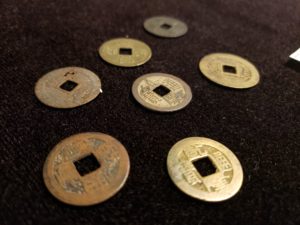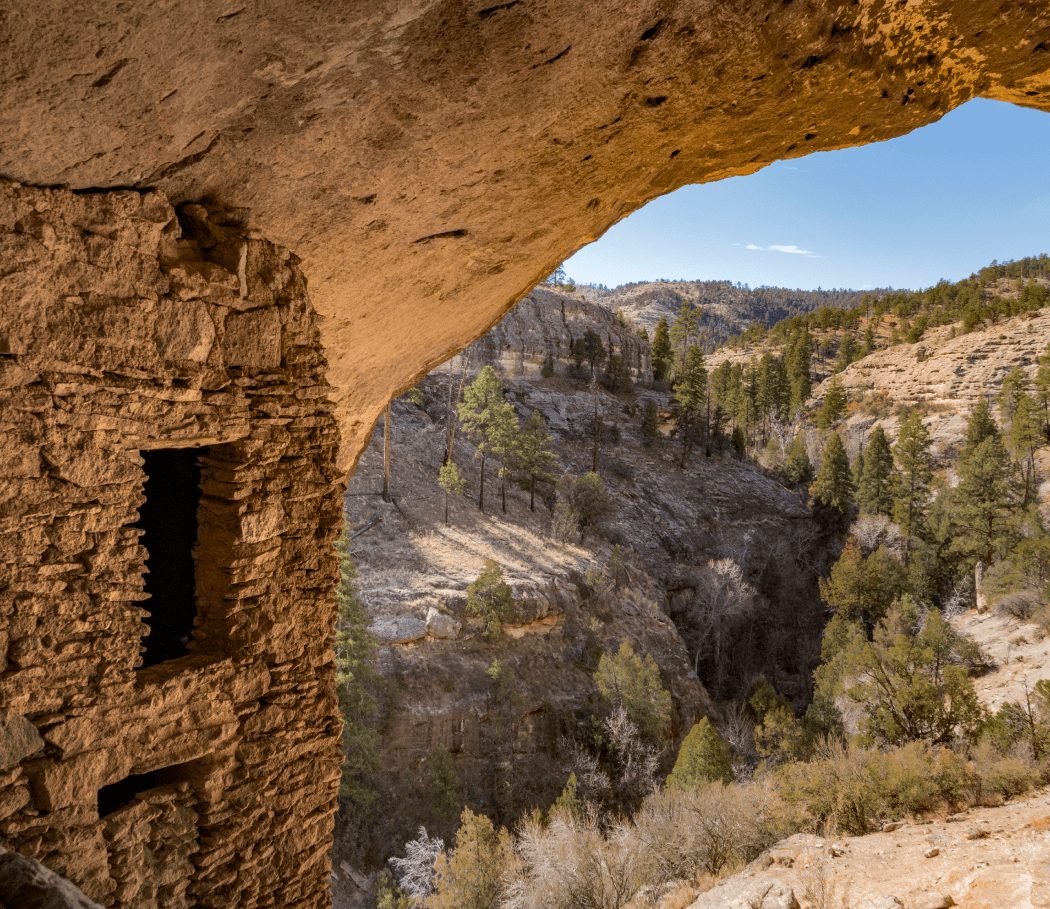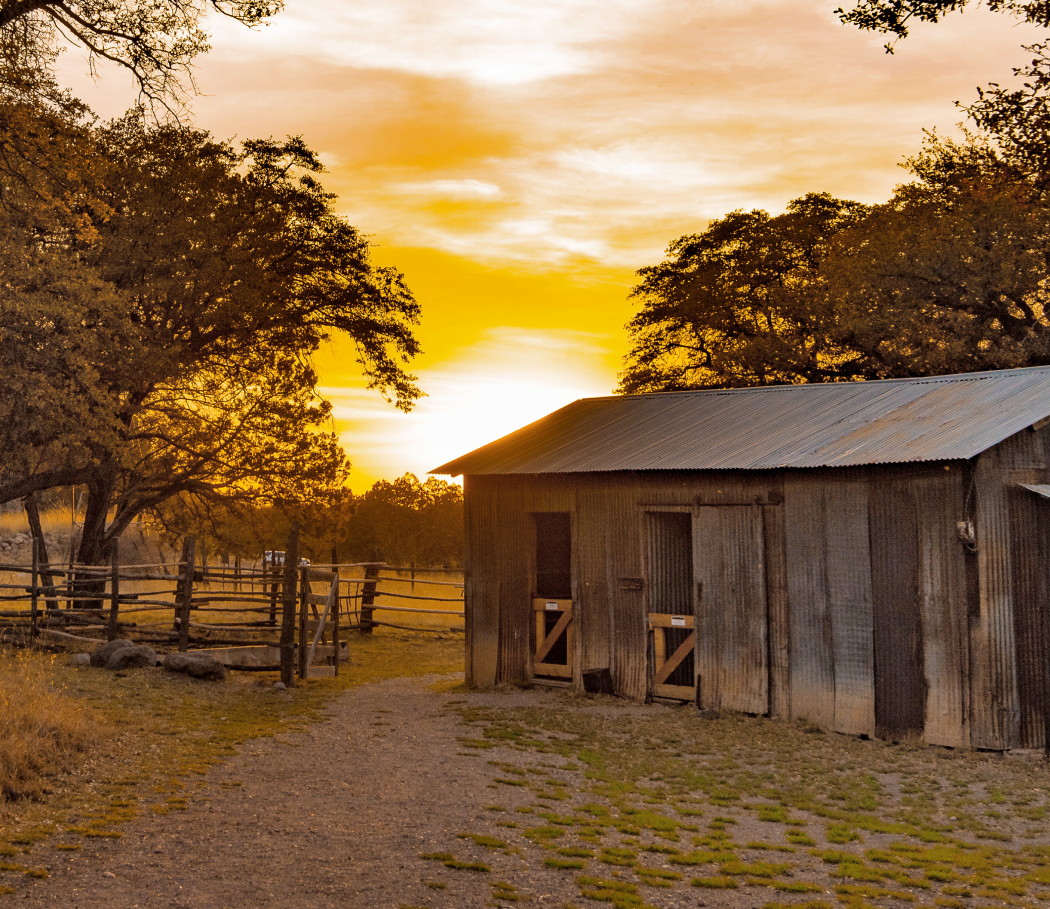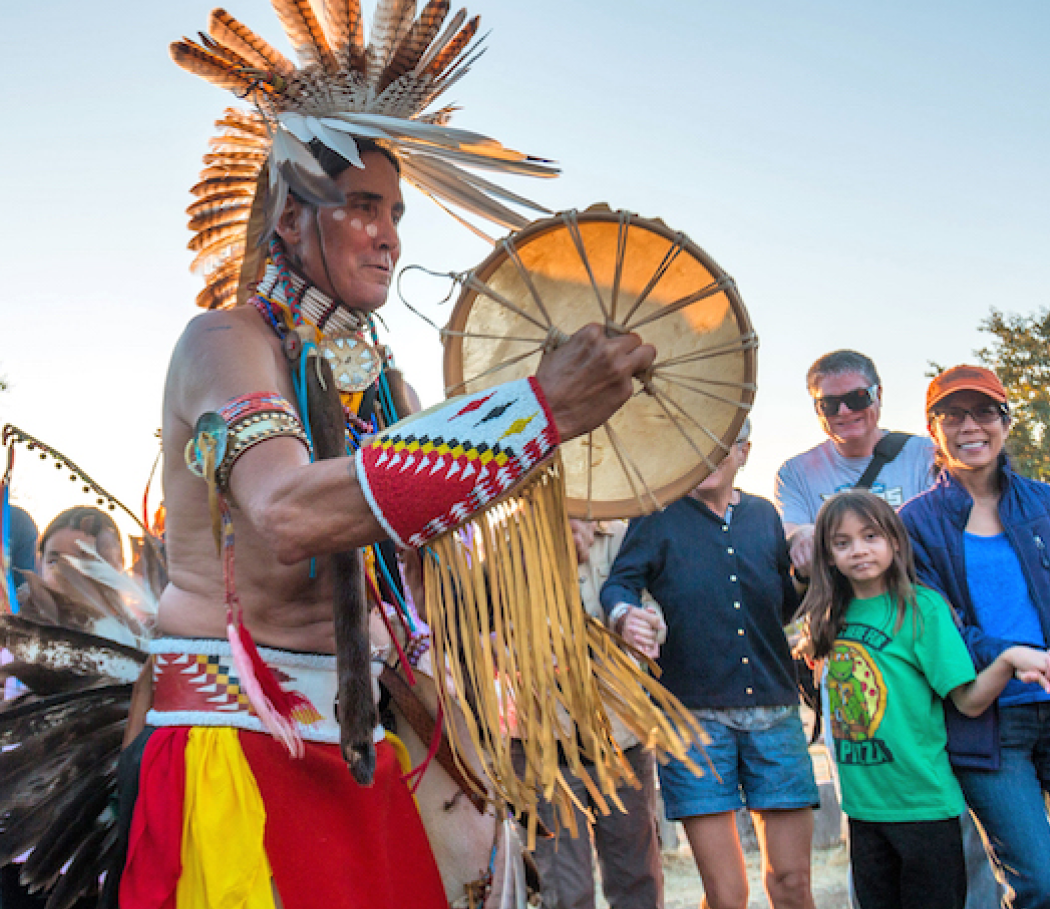
A fun question to post on social media groups is to poorly describe what you do for a living. Archaeologists will always have a hilarious response to that question because their job is to dig through dead people’s trash to learn about the past. But what can we learn about people from what they leave behind? Can we learn about where they came from or glimpse into their life story?
Golden Spike National Historical Park is a small park with a big story. It is a story that includes the labor of thousands of men, far from the comforts of home, building one of the largest engineering marvels of the 19th Century. One of the richest stories in the narrative comes from the Chinese workers employed by the Central Pacific Railroad that overcame adversity and become a large part of the company workforce.

When the Central Pacific broke ground on the transcontinental railroad in 1863 the Chinese were not part of that workforce. James Strobridge, Construction Foreman for the Central Pacific, saw the Chinese as too feeble to perform the hard labor needed for railroad construction. Strobridge remarked, “They can’t handle a pick and shovel, let alone lift one!” He protested the employment of Chinese workers until February 1865 when Charles Crocker, Construction Superintendent, finally convinced Strobridge to give them a chance. “The Chinese built the Great Wall of China, I’m sure they can build us a railroad!” Crocker argued. The dispute settled, Strobridge added 50 Chinese workers to the payroll.
The results were better than anticipated. The Chinese brought with them a culture of organization and quality workmanship. They were paid less than other workers and expected to purchase their own food. However, this disadvantage turned out to carry some advantages for the Chinese workers. Records indicate they ate a diet rich in vegetables, seafood, rice, and tea. The tea was particularly important since it required that water be boiled to prepare it, thus purifying the water, and eliminating many of the illness-causing bacteria that afflicted other workers. The ceramics typically found near the railroad were used to ship food ordered through Chinese merchants in San Francisco. The jars would be filled and then sealed with clay for delivery to the workers.

So, what is left behind by a workforce that eventually numbered somewhere between 10,000-12,000 workers? Archaeology gives us the tools to find these materials, called artifacts, and interpret them to understand what building the railroad was like over a hundred and fifty years ago. We find materials associated with everyday life: bottles, coins, pipes, broken ceramics, and buttons. What sets these artifacts apart from other artifacts found along the transcontinental railroad is how far these materials had to travel only to become lost or discarded in the Great Salt Lake Desert.
The archaeological record also tells us what the Chinese workers did with what little spare time they had. Looking almost like candy or buttons, gaming pieces for the Chinese board game known as Go, or Wei Chi have been found all along the Central Pacific Railroad. This game dates back 2,500 years and is one of the games brought from China.
Another artifact that came from China and regularly shows up at archaeological sites is Chinese coins. In addition to being a currency, these coins were often carried as tokens of good luck and protection.
Almost 6,400 miles from Shanghai, we find coins, ceramics, and gaming pieces in the deserts of northern Utah. Artifacts that tell a story about living and working in remote places while maintaining a culture from another continent. From the little pieces, we can put together the big story.
Guest Contributor Lucas Hugie, Park Ranger Golden Spike National Historical Park

Gaming pieces for the Chinese game Go or Wei-Chi. 
Workers sometimes wore coins as a necklace which gives them a rolled appearance when found.






